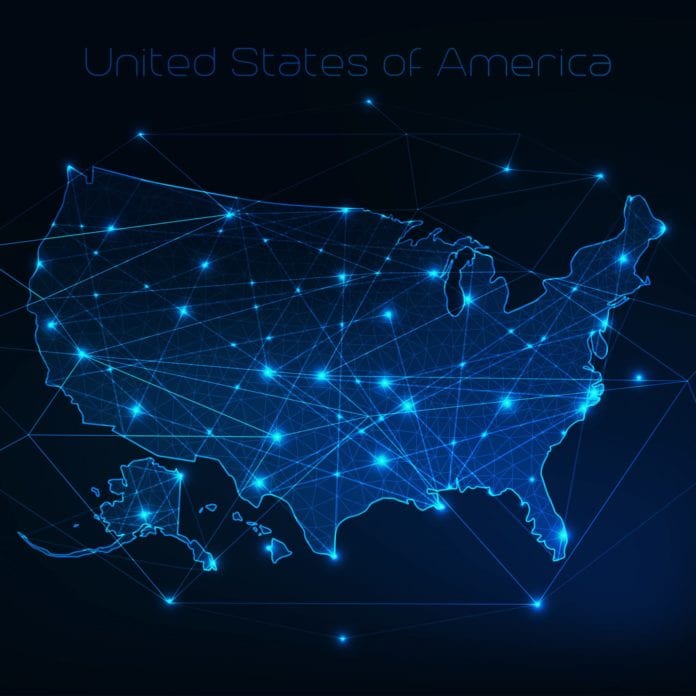There have been ‘great strides’ in closing the digital divide, NTIA says, but wide variations in who is connected remain
The numbers of United States internet users increased by about 13 million between 2021 to 2023, according to new numbers from the National Telecommunications and Information Administration (NTIA)’s Internet Use Survey.
That increase is the largest one since the 2015-2017 time period, according to NTIA, and the gains “came in large part from segments of the population that historically have been more likely to find themselves on the wrong side of the digital divide.”
The latest survey was conducted in November 2023, and the initial analysis of the data shows that 83% of people age 3 and older in the U.S. used the internet in some way during 2023, up from 80% in 2021. But the increases in internet usage were strongest among populations which have historically had a lower percentage of internet users, showing that progress was made in closing the digital divide. NTIA said that its numbers showed that 83% of American Indians and Alaska Natives used the internet in 2023, compared to 75% in 2021. Internet usage also increased among lower-income U.S. households, rising from 69% of households with income less than $25,000 per year, to 73% of those households.
NTIA said that its survey found that only 12% of people in the U.S. lived in households without any internet connection, down from 14% in 2021.
Additionally, the number of people in households that had both fixed and mobile internet connections rose from 69% in 2021 to 72% last year. Among the wealthiest households, that figure was at 80%. However, NTIA pointed out, there are still populations who are more likely to rely solely on smartphones for internet access: 25% of Hispanics, 22% of Native populations and 16% of black Americans reported using only a smartphone for internet access, compared to 12% of white non-Hispanics and 12% of Asian Americans.
“The disparities we find when looking beyond overall Internet use suggest that, while our country is making great strides toward getting everyone online in some fashion, the quality and experience of connectivity still varies greatly,” NTIA concluded in a blog post.
The federal Affordable Connectivity Program, which subsidized device costs and monthly service fees for broadband connections for more than 23 million U.S. households and began in late 2021 as the heir to the Emergency Broadband Benefit (EBB) that performed the same function and was instituted during the Covid-19 pandemic, ended on May 31.
Read more of the data and analysis from the survey from NTIA here.

